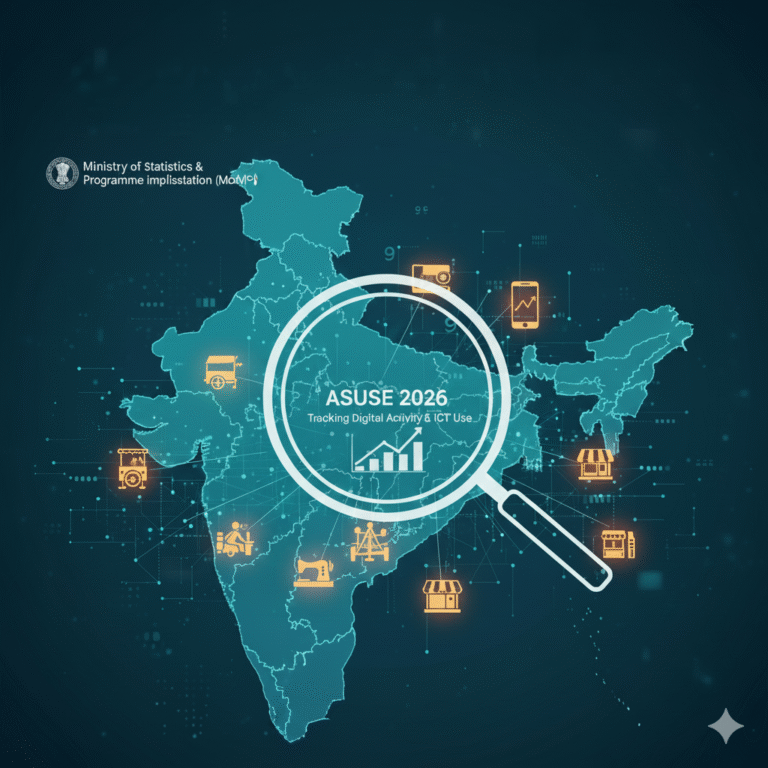The Moment Robotics Became Real
For decades, robotics technology captured the world’s imagination—but mostly within the confines of labs, science expos, or sci-fi films. In 2025, China is changing that narrative in dramatic fashion. The China Media Group’s World Robot Skills Competition, running August 4–10, is putting robots directly into practical, high-impact scenarios, signaling a phase shift: robotics and embodied AI are poised to become mainstream engines of productivity, safety, and social support across China and beyond.
In this piece, we’ll explore the headline-making competition, show how China is taking robotics from blueprints to the real world, and offer actionable insights for industries, learners, and tech enthusiasts everywhere.
What Makes 2025 a Breakout Year?
China’s Industrial Vision:
Through sweeping national initiatives, China has made robotics a linchpin of its technological and economic future. The country is intent on mass-producing humanoids by 2025, integrating AI literacy in every classroom, and expanding the presence of robots beyond factories into hospitals, streets, homes, and rescue zones. china-briefing
CMG World Robot Skills Competition:
Broadcast globally by China Media Group, the World Robot Skills Competition blends engineering, performance, and skill-based challenges. The event isn’t just a showcase—it’s a practical stress test, thrusting robots into dynamic tasks from industrial automation to emergency rescue, public safety, and everyday service roles. bastillepost
Inside the World Robot Skills Competition
Dates: August 4–10, 2025
Themes and Activities
- Opening Ceremony:
A blend of art and technology (“From Bronze to Silicon”) sets the stage, tracing the journey from early mechanical ingenuity to today’s cutting-edge embodied intelligence—complete with robots dancing alongside humans. - Task-Based Competitions:
Each day, real-world skill challenges are broadcast on national TV, testing robots’ ability to handle:- Urban safety and public surveillance
- Emergency and disaster response (think rescue “robot dogs” navigating rubble)
- Industrial automation (welding, quality checks, logistics)
- Life services (service bots delivering items, companion robots for healthcare)
- Robots on Display:
Expect to see:- Humanoids: Robots with advanced manipulation, movement, and interaction abilities, designed for tasks where human-like presence is needed.
- Quadrupeds (“Robot Dogs”): Agile robots used for rescue, inspection, and patrol.
- Specialized Bots: Units tailored for hazardous environments, medical assistance, and domestic help.
- Interactive Learning:
Beyond technical prowess, the event integrates science communication, with hands-on demos for students and new releases like the National Scientific Literacy White Paper and the Humanoid Robot Technology Roadmap. cgtn
Key Takeaways: What’s Different in 2025?
- From Demos to Deployment:
Robots aren’t just performing controlled tricks—they’re being evaluated in job-simulated scenarios mirroring real social and industrial needs. - Embodied AI in Daily Life:
Robots are entering spaces you’d never expect—nursing homes, city parks, disaster zones. - Education Drives Growth:
China’s AI-in-schools push (AI literacy becoming a core subject for ages 6–18) ensures future generations are ready to design and deploy tomorrow’s robots. - National Roadmaps & White Papers:
Releases at the event include blueprints for humanoid robot development and strategies to raise technological literacy—signaling coordinated, top-down acceleration.
Why It Matters: The Productivity & Social Upside
Industrial & Economic Benefits
- Rising Robot Density:
By 2025, China aims for one robot per 20 workers in manufacturing, up from lagging behind global automation leaders just a few years ago. Major cities like Shanghai and Beijing are funnelling billions into robotics R&D, incubators, and deployment programs. - Diverse Application Fields:
Beyond factories, robots are being unleashed in logistics, healthcare, agriculture, home services, urban infrastructure, and environmental monitoring—a “robot for every role” vision. - Boost to Innovation:
High-profile competitions and open-source initiatives fuel faster cycles of development and skills transfer, while also setting new technical standards.
Social and Community Impact
- Safer Cities:
Robots patrol for hazards, search for victims after disasters, and handle dangerous tasks—placing humans at a safer distance. - Accessible Services:
Companion robots help the elderly, service bots assist in daily tasks, and rehabilitation units deliver physical therapy at home. - STEM Uplift:
School-age children and teens are given direct experience with robotics, shrinking the skills gap and encouraging hands-on engineering learning from kindergarten onward.
Practical Ways to Engage with Robotics Boom

- Follow Competition Broadcasts:
Check out CCTV-10 and online platforms for daily updates and behind-the-scenes insights. - Research Robotics Roadmaps:
Explore how China’s national and local plans align AI, robotics, and education for sustainable advancement. - Inspire the Next Generation:
Use this example to encourage science and robotics learning in your own classroom or family. - Track Industry Trends:
Watch as new service, healthcare, and rescue robots move from demos into real jobs in your city or sector. - Understand Global Competition:
Learn why China’s government-led, education-driven approach is making waves—and what it means for a more automated world economy.
Conclusion: Robotics Move from Hype to Habit
The CMG World Robot Skills Competition 2025 isn’t about shiny prototypes—it’s a signal that robotics, fueled by embodied AI, is now an industrial, social, and educational reality in China. National roadmaps, mandatory AI literacy for kids, and the sight of robots in roles from disaster relief to home care suggest an irreversible shift: we’re witnessing the coming-of-age of mainstream robotics.
Will your industry, classroom, or city be ready for the embodied AI era? The future, it seems, is arriving one robotic step at a time.









+ There are no comments
Add yours